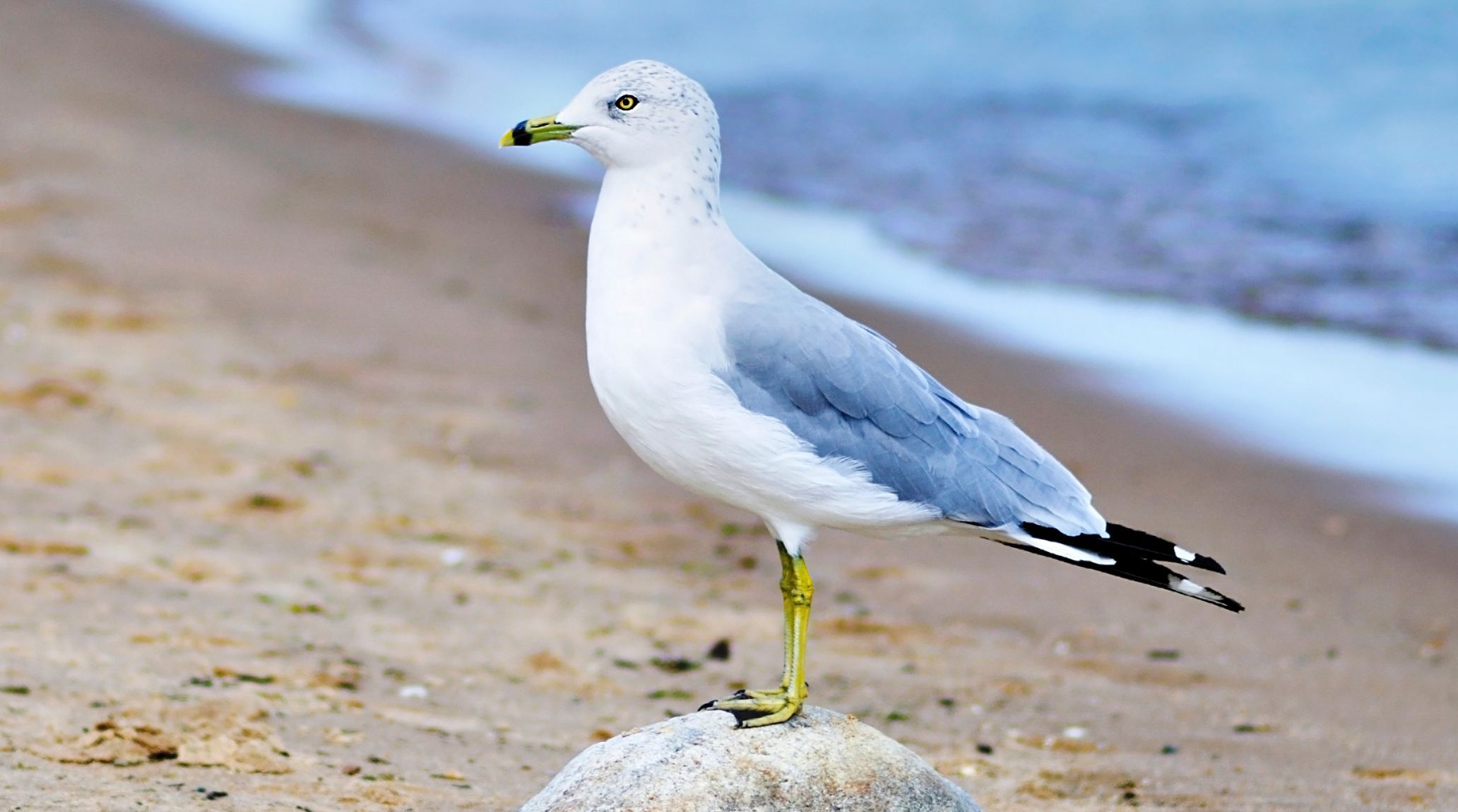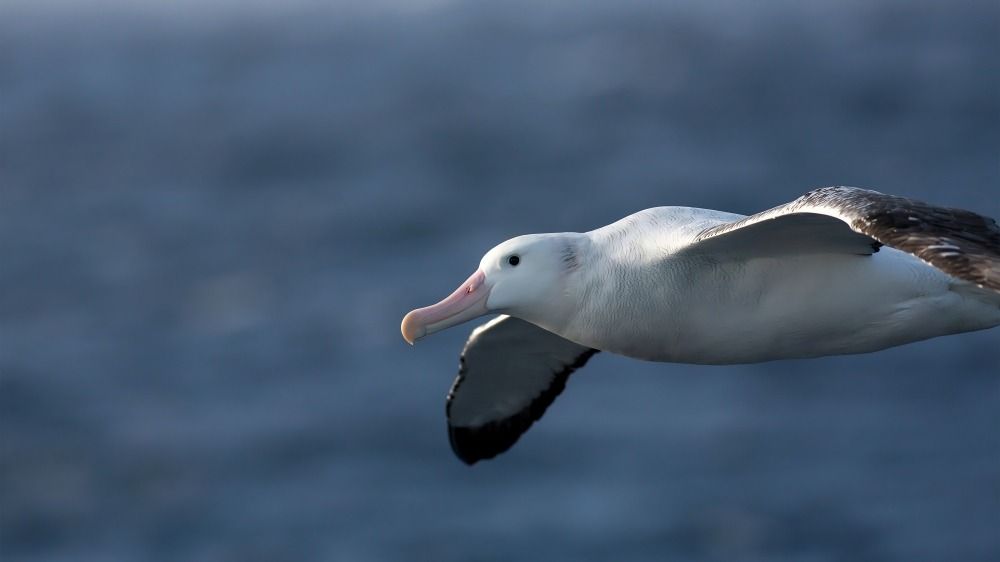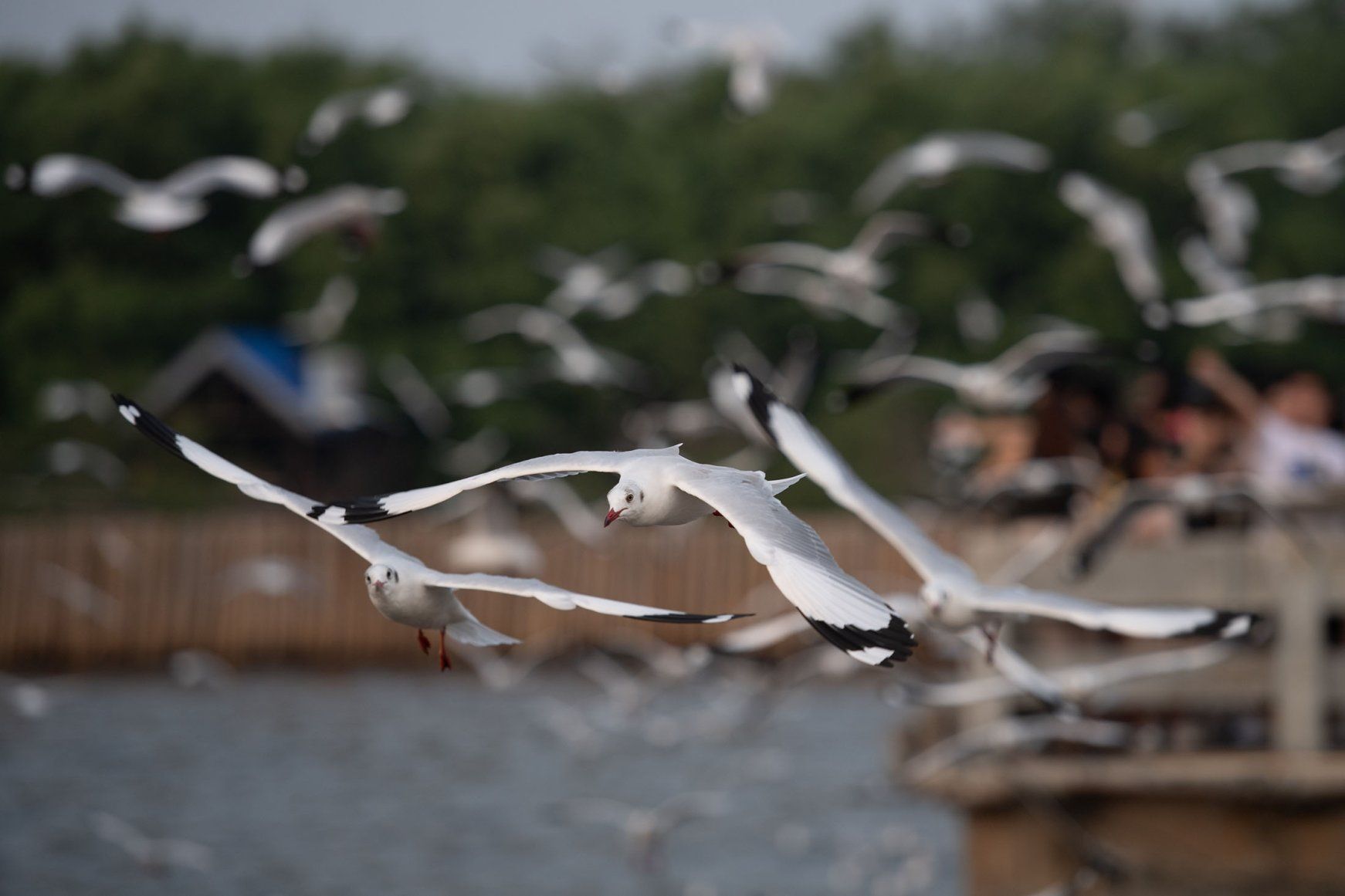
“
Seagulls, with their ubiquitous presence along coastlines and beyond, hold a treasure trove of captivating traits and behaviors. From their adaptable habitats to their intricate social structures, seagulls fascinate both young and old alike. Delve into the world of these coastal aviators as we uncover 20 interesting facts about seagulls that showcase their resilience, intelligence, and unique place in the natural world.1
1
1
”
Seagulls come in over 50 different species worldwide, each adapted to live in various environments. Their unique colors and behaviors show the rich diversity of these birds, reflecting how evolution has shaped them to thrive in different places. 1
Seagulls typically have a lifespan of around 10 to 20 years, though some can live up to 30 years in the wild. Their survival depends on factors like food availability, habitat conditions, and predation, with many adapting well to coastal environments. 2

With wings outstretched like gliders, seagulls navigate the sky effortlessly, their keen mastery of air currents allowing them to soar for hours without a single flap, a marvel of energy conservation in their endless quest for sustenance.
Seagulls have a breeding season during which the female lays 2 to 3 eggs. The incubation period lasts about 25 to 30 days, with both parents sharing the responsibility of keeping the eggs warm and protecting the nest. 3
Seagulls are highly intelligent birds. They not only learn successful behaviors but also teach their young these skills, particularly in finding food. This ability to pass on knowledge ensures the survival and adaptability of future generations. 4
Contrary to popular belief, seagulls are not only white. They exhibit a range of plumage patterns, including shades of gray, brown, and even black-tipped feathers, showcasing a diverse array of colors and markings in their appearance. 5
Among the 50 known seagull species, some, such as the grey-headed gull, can reach speeds of up to 40 miles per hour. This impressive speed helps them efficiently catch prey and navigate their coastal and inland habitats. 6
Seagulls possess excellent vision due to a high concentration of photoreceptor cells in their eyes. This keen eyesight enables them to spot food from great heights, enhancing their ability to find nourishment even from high altitudes. 7
Seagulls have a specialized tongue that aids in gripping slippery fish, a crucial adaptation for their diet. This feature helps them securely hold onto their prey, making it easier to consume their food and thrive in their environment. 8
Seagulls are opportunistic feeders, eating a wide range of items including fish, insects, fruit, and even human food scraps. Their diverse diet helps them adapt to various environments and find nourishment in different conditions. 9
Certain seagulls have the ability to mimic human speech and other sounds. This skill varies among individuals and species, allowing them to reproduce noises they encounter frequently, including human voices and various environmental sounds, showcasing their adaptability.10
Certain seagulls have been observed using tools, such as dropping rocks on shellfish to crack them open. This behavior demonstrates their problem-solving skills and ability to use available resources to access food. 11
Seagulls play a crucial role in environmental cleanup by scavenging carrion and waste. Their scavenging activities help reduce the accumulation of dead animals and refuse, contributing to a cleaner and healthier ecosystem. 12

Embodying the spirit of wanderlust, seagulls embark on epic migrations spanning vast oceans and continents, their annual pilgrimages marking the ebb and flow between breeding sanctuaries and winter refuges.
Rather than flying straight to their destinations, seagulls frequently make stopovers to rest and search for food. These breaks allow them to replenish energy and maintain their strength for continued travel and foraging. 13
In response to danger, seagulls use a tactic called "mobbing," where they gather in groups and aggressively swoop down on predators. This coordinated effort is intended to drive the threat away and safeguard their nests or territory. 14
Seagulls have a complex communication system, using various calls to convey important information. In addition to vocalizations, they also rely on body movements to communicate, allowing them to effectively interact with each other in their environment. 15
Larger seagull species have been observed preying on smaller seagulls, particularly targeting the young or injured. This behavior highlights their opportunistic feeding habits and the harsh realities of survival within their own species. 16
Seagulls are adept hunters, able to dive into the water to capture fish and other prey. Their skillful hunting techniques allow them to effectively pursue and retrieve food from aquatic environments, showcasing their versatility and agility. 17
Rising global temperatures are impacting seagulls' nesting habits and food availability, raising significant scientific concern. These changes affect their breeding success and foraging patterns, prompting increased research to understand and address the challenges. 18


